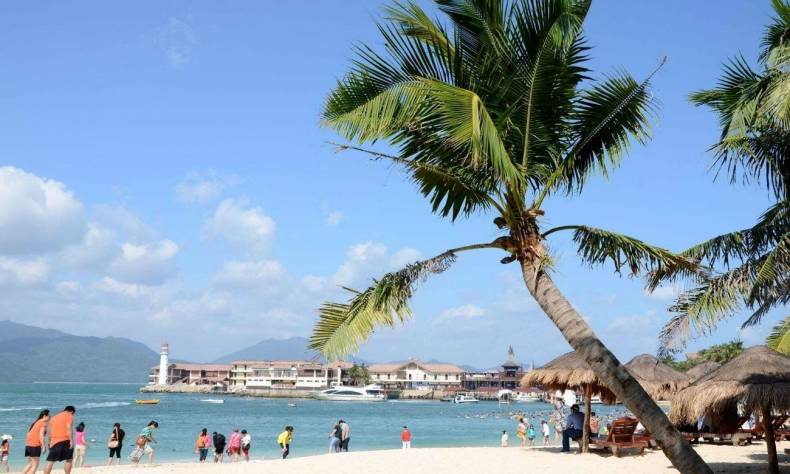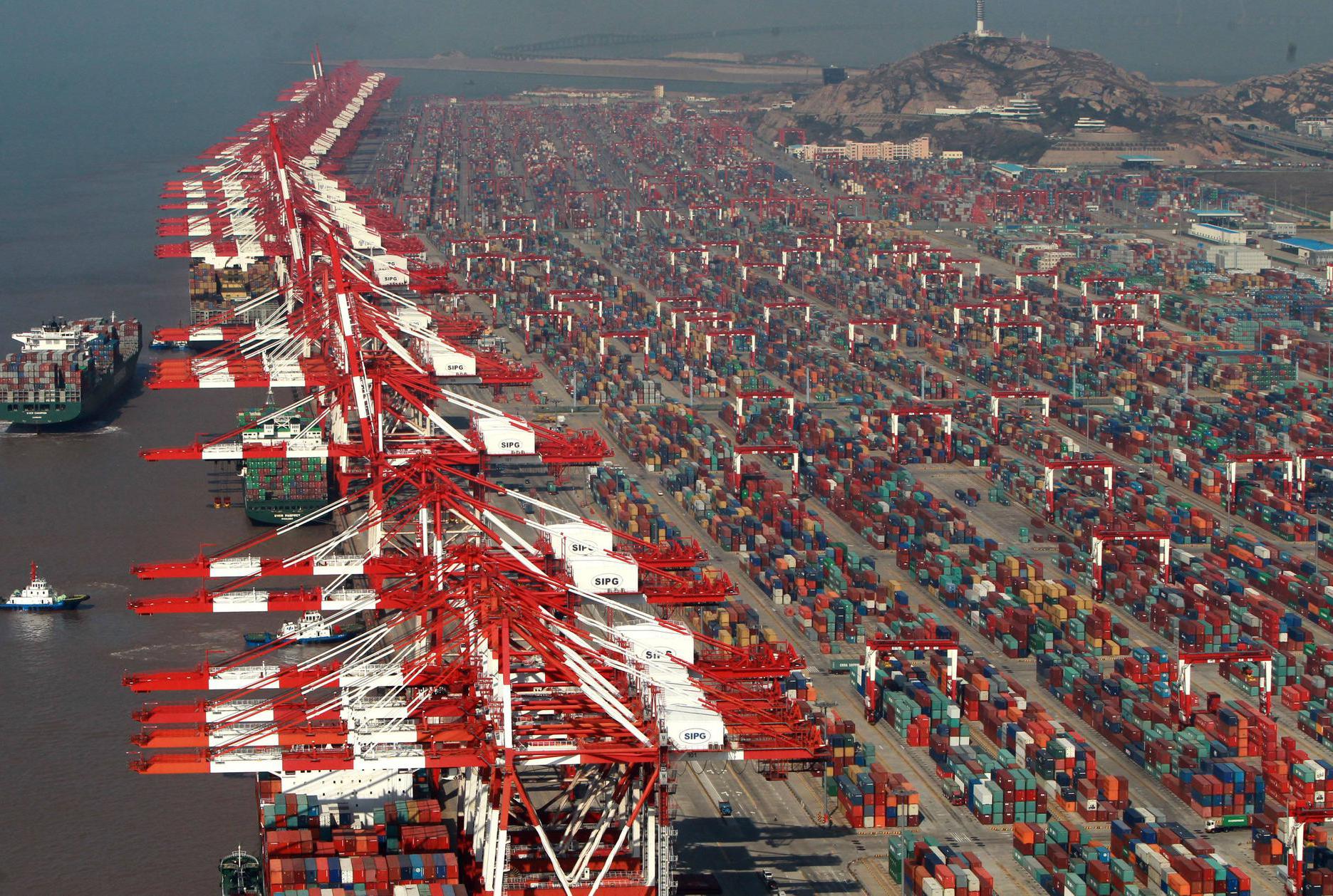
Hainan’s Free Trade Zone: The Next Step towards Island’s Bright Future & China’s Economic Reform
During these 40 years, China has witnessed an economic transformation from an agrarian collective farmer-based economy into the world’s second-largest economy after the US.
By Rachana Gupta
The year 2018 marks the 40th anniversary of China’s Economic Reform and opening up to the world. During these 40 years, China has witnessed an economic transformation from an agrarian collective farmer-based economy into the world’s second-largest economy after the US. This transformation started in 1978 when China’s political wizard, Deng Xiaoping, realized that economic growth in China could be accelerated by transforming it into an export-driven economy. To achieve this target, he set up several Special Economic Zones in China. These zones attracted foreign investment, helped in obtaining new technologies and management expertise, and subsequently became export hubs. The economic growth achieved by China in the last 40 years is the fastest in human history. Until 2014, China’s average annual GDP growth was close to 10%. With a 40-fold increase in its per-capita income – from $155 in 1978 to $7,590 in 2014 – China managed to raise more than 700 million of its people above the poverty line.
China’s commitment to new reforms and further opening-up was also reflected in President Xi’ new year speech of 2018. He said, “With the 40th anniversary of reform and opening-up as a turning point, we shall cut paths through mountains and build bridges across rivers, overcome all difficulties and carry reform through to the end.” In line with this vision, at the Boao Forum in April President Xi announced his plan to develop Hainan –the southernmost island of China – as an Economic Free Trade Zone. The plan will turn Hainan, whose economy is currently centered on tourism, into a free trade zone by 2020. Infrastructural and regulatory changes will be made to support the development of the free trade port by 2025, for which the Government will set up an investment fund to provide finances and ultimately to create a mature system by 2035.
Δ Hainan’s ultimate goal is to build a free trade port
The plan involves free movement of goods, people, and services, usage of electrical vehicles for environmental protection, and attracting foreign companies in the region. To facilitate this free movement, visa-free access will be expanded for tourists from all countries that have diplomatic ties with China. Currently tourists from 59 countries, including the United States, can visit Hainan visa-free and stay there for up to 30 days. Additionally, the sports lottery games, horse racing etc will be introduced to give a further boost to tourism in the province. Currently, gambling is allowed only in Macau Region of China.
Hainan’s current contribution
Hainan was administered as part of Guangdong until 1988, when it was made a separate province. Around the same time, it was made the largest Special Economic Zone as part of the Opening Up of China. Currently, Hainan is home to approximately 9 million people, and its population is expected to reach around 15 million in the near future. Hainan is rich in natural resources, both onshore and offshore. It also accounts for almost half of China’s rubber output. Famous for its beautiful beaches and resort-lined coast, Hainan has regularly hosted the Miss World pageant since the early 2000s. The headquarters of China’s aviation & financial services conglomerate HNA is also located here. This year, the province also hosted the Boao Forum – Asia’s equivalent of Davos.
Benefits to China’s economy from further opening-up of Hainan
Hainan’s development as a free trade zone could prove as a milestone in China’s next phase of economic reform and opening-up, and trigger growth in the area. The following are the main benefits of making it a pilot free trade zone:
1. Facilitate free flow of goods, technologies, and ideas, and become a pilot model of development for other coastal regions: New investment guidelines, financial systems, and a visa policy will be set up to facilitate the free flow of people, goods, technologies, and ideas in the region. It could become a model of development for other coastal regions around the world – especially in South East Asia – that are mainly agriculture and port-based economies. It will also aid China in cementing regional economic integration and injecting vitality into the international economy.
2. Boost economic activities and attract foreign capital and talent: It will increase investment and growth in areas such as agriculture, entertainment, dance, sports, and tourism. It will enhance the island’s international image and turn it into an economic center that can attract international capital and talent. Furthermore, it will facilitate the development of international cruise operations in the region.
3. Aid new businesses: New businesses such as horse racing and sports lotteries will be kick-started on the island. This will attract more visitors.
4. Increased consumption in duty-free shops: It will be possible to purchase many goods and services at very low or zero tariffs as more duty-free shops are established across the island.
5. Attract more Multinational companies: Many multinational companies will establish their regional headquarters in Hainan, thereby increasing employment opportunities and the inflow of talent.
In an interview with National Business Daily Chi Fulin, President of the China Institute for Reform and Development, noted that no existing free-trade zones on the Chinese mainland can compete with Hainan’s large area and abundant local resources. Hainan will have a late-starter advantage, with the opportunity to exploit its own resources and generate faster development.
In summary, if things follow the expected plan Hainan, with its free trade zone stature, will facilitate the free flow of people, goods, and ideas and serve as a new development model for other coastal regions in South-East Asia. It will boost regional activities and trigger the next phase of China’s economic reform and opening up. However, new investment guidelines, financial systems, and visa policies need to be framed to turn this dream into it a reality.
Rachana Gupta is a China Focus Columnist, an Expert Author of Ezine articles and an active blogger and poetry writer.
(The article represents the author’s personal opinion which does not represent the China Focus’ stance.)
Editor: Liana
 Facebook
Facebook
 Twitter
Twitter
 Linkedin
Linkedin
 Google +
Google +











